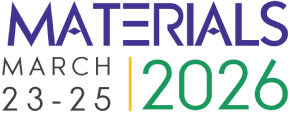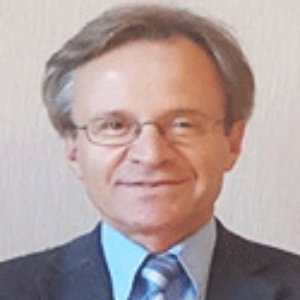Title : Joining of ceramic materials by brazing: Relations between wetting, reactivity and interface microstructure
Abstract:
Conventionally, joining of ceramic materials by brazing is performed by a two-step process. The first step consists in coating the ceramic surface with a metal layer in order to improve wettability and the second one consists in brazing using a non-reactive brazing alloy with the ceramic material. Another method, presented in this talk, is to braze directly by using appropriate reactive alloys. In general ceramic substrates are not wetted by liquid metallic alloys, the contact angle being higher than 90°. However, a good wetting is a necessary condition for obtaining a good adhesion at interfaces. A way to improve wettability is to add specific solutes to the metallic matrix which react with the ceramic substrate and form wettable continuous layers of reactive compounds at the interface. In this work, the wetting experiments are performed under high vacuum by using either the classical sessile drop or the deposited drop method and the spreading process is followed by a CCD camera (25 frames/second) or a rapid camera (1500 frames/s). The brazing experiments are performed in sandwich configuration under high vacuum. Reactive interfaces for wetting and brazing samples are characterized by SEM, DRX and TEM. The purpose of this presentation is to focus on the fundamental issues of wetting and interfacial reactions in metal/ceramic systems and to analyse the main thermodynamic and kinetic factors governing them. Some examples of wetting and brazing of ceramic materials such as carbon, aluminium nitride, zirconia and silicon carbide will be presented and discussed. In particular, the confinement and size effect as well as the role of atmosphere on the microstructural evolution of the interfacial system in both wetting and brazing configurations will be discussed in detail.
Audience take away :
- People can enhance knowledge acquisition about non-reactive and reactive wetting of ceramic materials by liquid alloys.
- This presentation will contribute to help audience in their job whose research and/or teaching works relate to interfaces.
- It will contribute to enhance knowledge on the role of confinement and size effect on the evolution of a reactive interfacial systems.
- Relation between wettability and brazability of ceramic materials.



